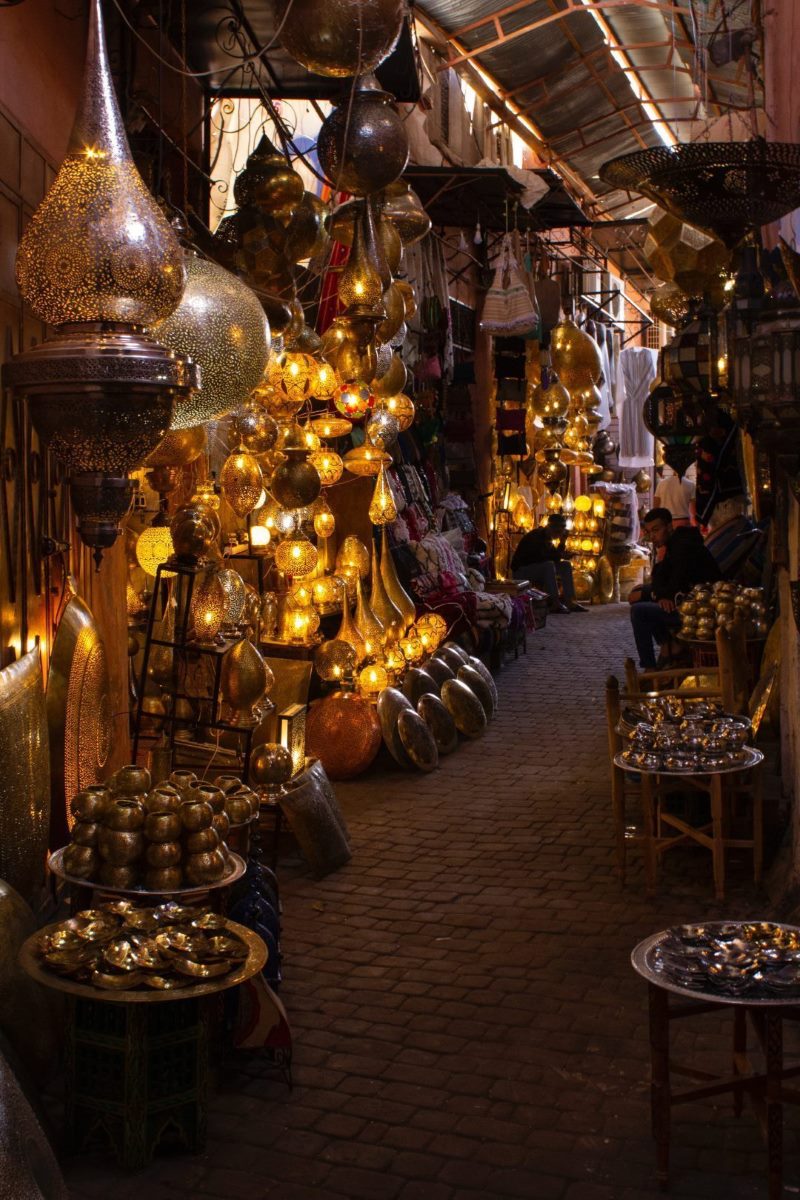Discovering Fes: The Ultimate Guide to Frequently Asked Questions
Fes or Fez, as it is commonly known, is Morocco’s second-largest city, located in the northeastern part of the country. Known as the country’s cultural and spiritual capital, Fes offers a unique blend of traditional Arabic culture and modern life. Its winding streets, ancient mosques, and historical landmarks make it a top destination for travelers. However, for first-time visitors, Fes can seem overwhelming. To help you plan your visit and make the most out of it, we’ve compiled a list of the most frequently asked questions about Fes.
What is the best time of year to visit Fes?
The best time to visit Fes is from April to June and from September to November. The weather during these months is ideal, with temperatures ranging from 18°C to 25°C (64°F to 77°F). Summers can be scorching hot and can reach up to 40°C (104°F), while winters can be chilly, with temperatures dropping to 0°C (32°F). However, if you prefer cooler weather and smaller crowds, visiting during the winter months can be an option for you.
How much time should I spend in Fes?
To enjoy the city’s sights and experience its culture, we recommend spending at least two to three days in Fes. This will give you enough time to explore the medina, visit the historical landmarks, and sample the local cuisine. However, if you’re planning to explore the surrounding areas, such as the Atlas Mountains or the Sahara Desert, you should consider spending at least a week in Fes.
What are the must-visit attractions in Fes?
Fes has plenty of attractions to visit, but the must-sees include the following:
The Medina of Fes-el-Bali:
This is the oldest part of the city and a UNESCO World Heritage Site. The Medina is a labyrinth of narrow alleys and streets, filled with souks, mosques, and historical landmarks. It is home to the famous Chouara Tannery, where leather is still made using traditional methods.
The Royal Palace:
The Royal Palace in Fes is an impressive complex of opulent gates, gardens, and courtyards. Although the palace is not open to the public, the impressive entrance gates are a sight to behold.
Bou Inania Madrasa:
This 14th-century Quranic school is one of the most impressive architectural landmarks in Fes. The beautifully decorated courtyard, intricate tile work, and ornate carvings make it a must-visit for art and architecture enthusiasts.
Is Fes safe for tourists?
Fes is generally a safe city for tourists, but like any city, it’s best to take precautions. Here are some tips to keep in mind:
Dress conservatively:
As a predominantly Muslim country, Morocco has conservative cultural values. Dress conservatively to show respect for the local culture.
Stay aware of your surroundings:
Keep an eye on your belongings and avoid walking alone, especially at night.
Use taxis:
Use official taxis only, avoid unmarked taxis, and negotiate the price before getting in.
What is the local currency in Fes, and how do I get it?
The local currency in Fes, as in the rest of Morocco, is the Moroccan Dirham (MAD). You can exchange money at the airport or at any bank or bureau de change in the city. Most shops, restaurants, and hotels accept major credit cards, but it’s always a good idea to carry some cash with you, especially when visiting the markets and souks.
What is the local language in Fes, and do I need to know Arabic?
The official languages in Morocco are Arabic and Berber, but most people in Fes speak Moroccan Arabic, a dialect that differs from classical Arabic. While it helps to know some basic Arabic phrases, many locals speak French, which is the country’s second language. English is also widely spoken, especially in tourist areas.
What is the local cuisine in Fes?
Moroccan cuisine is known for its flavorful spices, herbs, and slow-cooking techniques. Some popular dishes to try in Fes include:
Tajine:
A slow-cooked stew made with meat, vegetables, and spices, cooked and served in a special clay pot called a tajine.
Couscous:
A North African staple made with semolina flour, served with meat or vegetables.
Pastilla:
A sweet and savory pastry made with layers of phyllo dough, filled with pigeon meat, almonds, and spices.
What are some cultural practices I should be aware of in Fes?
As a predominantly Muslim country, Morocco has conservative cultural values. Here are some practices to keep in mind:
Respect Ramadan:
Ramadan is a holy month of fasting for Muslims, and it’s essential to respect their customs during this time.
Avoid public displays of affection:
Kissing, hugging, or holding hands in public is not acceptable in conservative parts of Morocco.
Show respect for religion:
When visiting mosques or other religious sites, dress modestly, remove your shoes before entering, and ask for permission before taking photos.
Conclusion
Fes is a city of contrasts, where ancient tradition meets modern life. By knowing a few basics about the city’s attractions, cultures, and practices, you can have a more fulfilling experience. Make sure to plan ahead, bring comfortable shoes, and prepare to be enchanted by Fes’s charms.
Table of Contents

